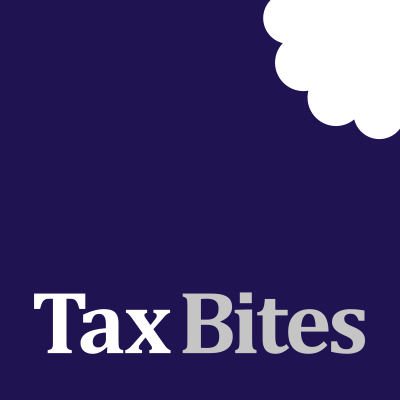Sign up for our newsletter

Interested in receiving the latest tax planning ideas?
Sign up to Tax Bites – our weekly update offering practical but effective tax saving tips.
30th October 2014
Posted in Articles, Featured Articles, Private Client by Forbes Dawson
The Seed Enterprise Investment Scheme (“SEIS”) was introduced in 2012. Aimed at helping small, early-stage companies raise equity finance, the scheme offers a range of tax reliefs to individual investors who purchase shares in those companies.
“BUT …”, I hear you say, “investing in a start-up comes with a lot more risks, doesn’t it?”
In actual fact, with a SEIS investment the risks are significantly less than you might think! In this article we explain why.
The basics
It is worth first summarising the basic tax reliefs associated with SEIS.
Individuals can currently benefit from tax reliefs on a maximum annual investment of £100,000. The available reliefs are:
1. Income tax relief – the individual can claim income tax relief of 50% of the cost of the shares (i.e. a maximum of £50,000). The relief is given by way of a reduction of tax liability, provided there is sufficient tax against which to offset it. There is also a ‘carry-back’ facility which allows all or part of the cost of shares acquired in one tax year to be treated as though the shares had been acquired in the preceding tax year.
2. Capital gains re-investment relief – if the individual has made a gain in the same tax year as the investment then if they reinvest all or part of that gain into SEIS shares, 50% of the reinvested gain will be treated as exempt.
3. Capital gains disposal relief – if the individual has received income tax relief (which has not subsequently been withdrawn) then once they hold the shares for 3 years any gain made on disposing of the shares will be exempt.
What if the business flops?
Let’s assume the business ultimately fails. The investor has lost £100,000. It is true to say that if this were a FTSE 100 company that could ultimately be the end of the matter. The investor has realised a capital loss, but unless he makes gains against which he can offset the loss his £100,000 is fully lost.
With SEIS shares, however, the position is different. Firstly, the individual may have already benefitted from reliefs 1 and 2 above (50% income tax relief, 50% capital gains exemption). In addition to this, the individual can get loss relief at their marginal income tax rate (after taking off the initial income tax relief). This is best explained by an example:
Mr A is an additional rate taxpayer and has an income tax liability of over £50,000. He also made a gain this year on the sale of an investment property of £100,000, on which he will pay tax at 28%. He invests £100,000 in SEIS shares. After two years the business goes bust and he loses his money. In fact, however, his net loss is as follows:
| Loss on investment |
100,000 |
|||||
| Deduct: | ||||||
| Income tax relief |
100,000 |
x |
50 |
% = |
(50,000) |
|
| Capital gains reinvestment relief |
50,000 |
x |
28 |
% = |
(14,000) |
|
| Income tax loss relief | Cost of shares: |
100,000 |
||||
| Less income tax relief given: |
(50,000) |
|||||
|
50,000 |
x |
45 |
% = |
(22,500) |
||
| Net loss |
13,500 |
In summary, Mr A has really only lost 13.5% of his investment. Put another way, the initial £100k investment has to fall by £86,500 before the client is in a lossmaking position.
Please note that this is the best outcome that can be achieved and assumes a 45p taxpayer with a 28% gain. This also assumes that the loss is not otherwise restricted by the new annual cap which applies (which limits relief at a maximum of £50,000 or 25% of the individual’s tax liability).
There are detailed criteria that have to be satisfied by both the investor and the investee company in order to qualify for SEIS relief and therefore obtaining prior tax advice is vital. We have dealt with a number of SEIS applications and can advise upon the relevant issues.
You can use this form to request us to give you a call or if you prefer just leave us a message. Please be sure to leave us a contact number or email address for you and we will get back to you as soon as we can.


